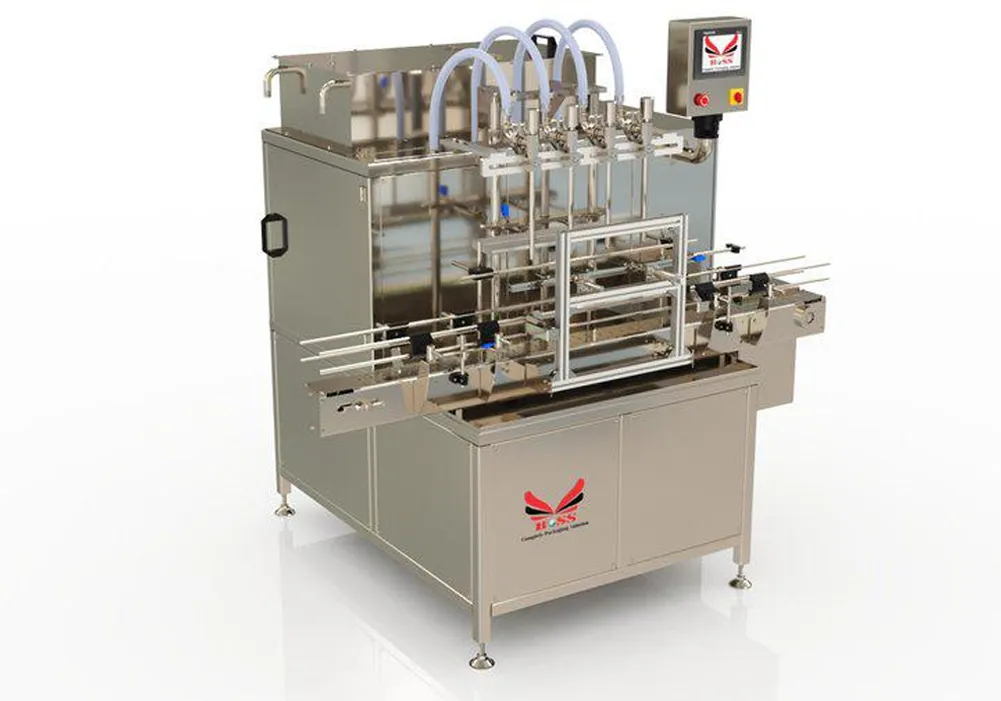Filling And Sealling Machine
Liquid bottle filling machine is generally used in pharmaceutical and food industry. Bottles and containers are passed on the conveyor belt and filled with the liquid through nozzles. These machines come in different variants with a different mechanism. They can be of manual, semi, or fully automatic types.Filling and sealing machinery are capable of packing different kinds of liquids, pastes, granules, powders categorized as shampoo, ketchup, oil, lube, petroleum jelly (cream), spices, tea coffee, liquor and other related products.
A sealing machine is a device that securely closes and seals packaging materials such as bags, pouches, or containers. These machines use heat, pressure, or sealer to create airtight and tamper-proof seals, preventing the entry of air, moisture, or contaminants that can compromise the quality of the packaged products. They offer numerous benefits, including increased product shelf life, reduced product waste, improved product safety, and increased efficiency.



